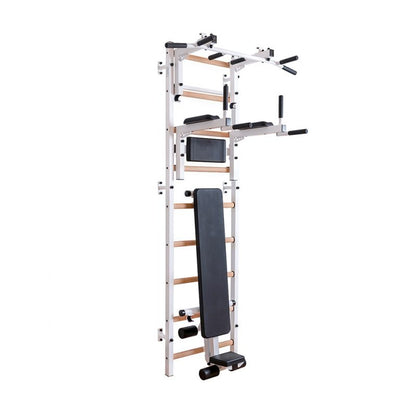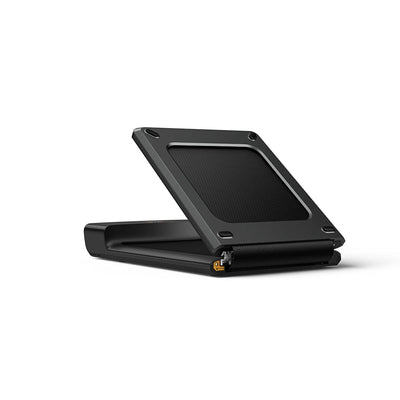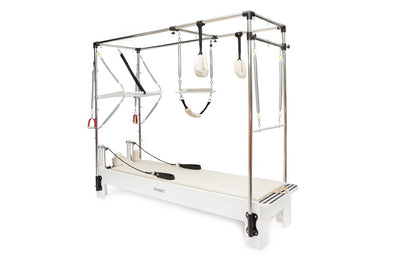
How the Pilates Reformer Works: Every Single Component
The Pilates Reformer is synonymous with transformative workouts. Offering a comprehensive approach to fitness, it has become an essential tool for both beginners and seasoned practitioners alike. To harness its full potential, understanding its anatomy is vital. Let's break down the intricate components of the Pilates Reformer.
1. The Carriage
At the heart of the Reformer lies the carriage, a movable platform.
Key Features:
- Padded Surface: Ensures comfort during exercises.
- Attached via Springs: Offers resistance as it moves back and forth.
2. Springs
Springs are pivotal, dictating the resistance level of the Reformer.
Key Features:
- Adjustable Resistance: Typically, Reformers come with 3 to 5 springs, each providing varied resistance.
- Customizable Workouts: Springs can be added or removed to tailor the exercise intensity.
3. Straps and Handles
Attached to the top end of the Reformer, these tools are versatile.
Key Features:
- Adjustable Length: Can be tailored to different exercises and user heights.
- Multiple Grips: Facilitates a wide range of exercises, targeting different muscle groups.
4. Footbar
Located at the carriage's base, the footbar is a central component.
Key Features:
- Adjustable Positions: Can be repositioned based on the exercise.
- Stability and Support: Helps users maintain proper alignment during various exercises.
5. Shoulder Blocks
Placed on the carriage, these blocks ensure users remain in place.
Key Features:
- Stability: Prevents sliding when pushing off the footbar.
- Guidance: Assists users in maintaining the correct position during exercises.
6. Headrest
Positioned near the shoulder blocks, it's a smaller yet significant element.
Key Features:
- Multiple Positions: Can be adjusted for comfort and to facilitate specific exercises.
- Neck Support: Ensures the cervical spine remains neutral.
7. Frame and Rails
These structural components give the Reformer its robustness.
Key Features:
- Sturdy Framework: Provides the base on which the carriage glides.
- Smooth Movement: Rails ensure the carriage moves seamlessly during workouts.
8. Tower or Vertical Frame
Some Reformers come with this addition, broadening the exercise repertoire.
Key Features:
- Versatility: Allows for a variety of spring placements and attachments.
- Expanded Workouts: Facilitates both traditional and newer Pilates exercises.
Conclusion
The Pilates Reformer is a marvel of design, seamlessly integrating diverse components to offer a holistic workout tool. Each element, from the springs to the shoulder blocks, plays a distinct role in ensuring users get an effective, safe, and transformative Pilates experience. By understanding its anatomy, practitioners can harness its potential more adeptly, ensuring each session is optimized for maximum benefit.
« Back to Pilates Blog





